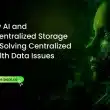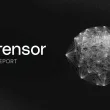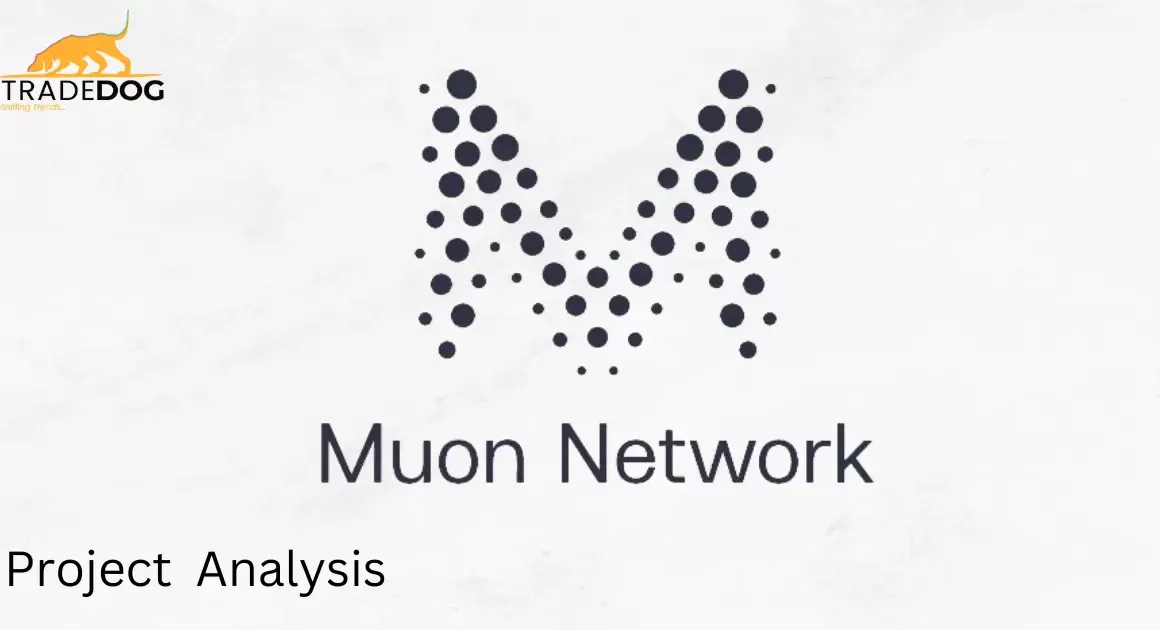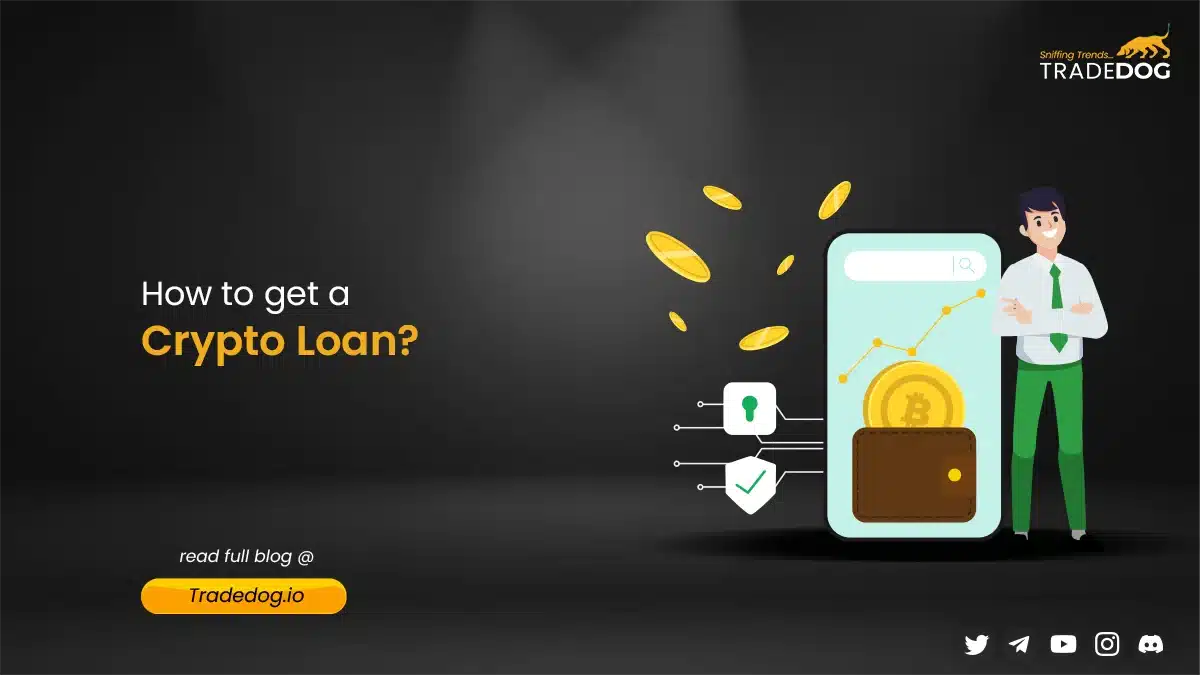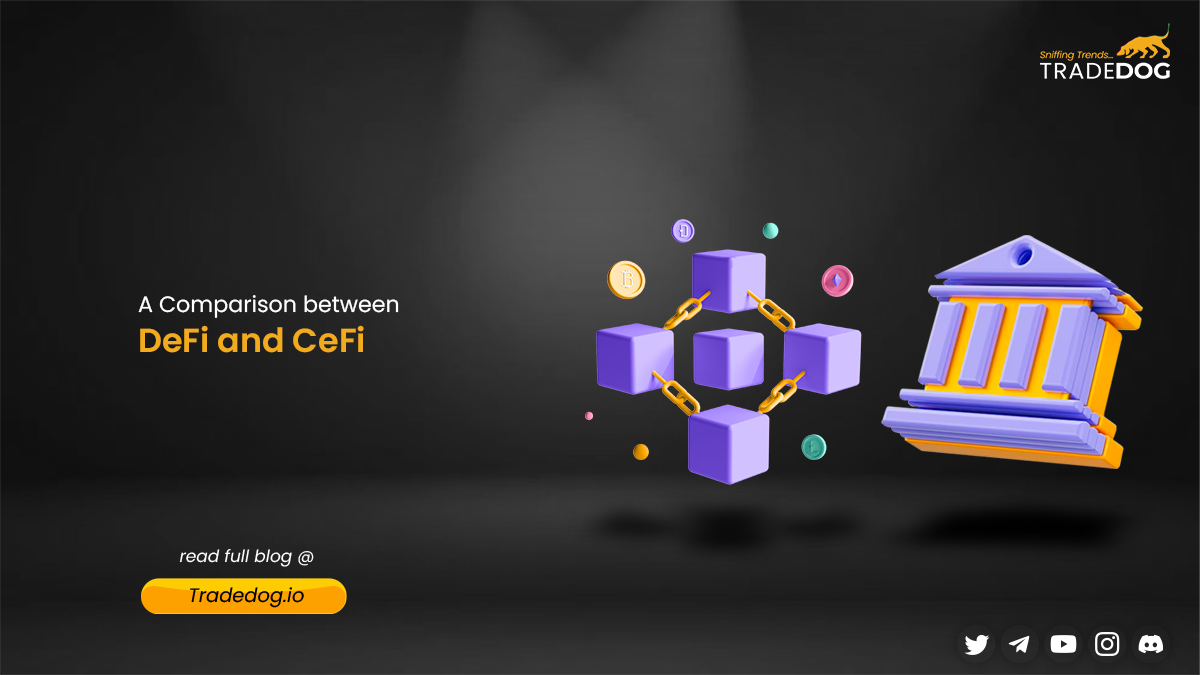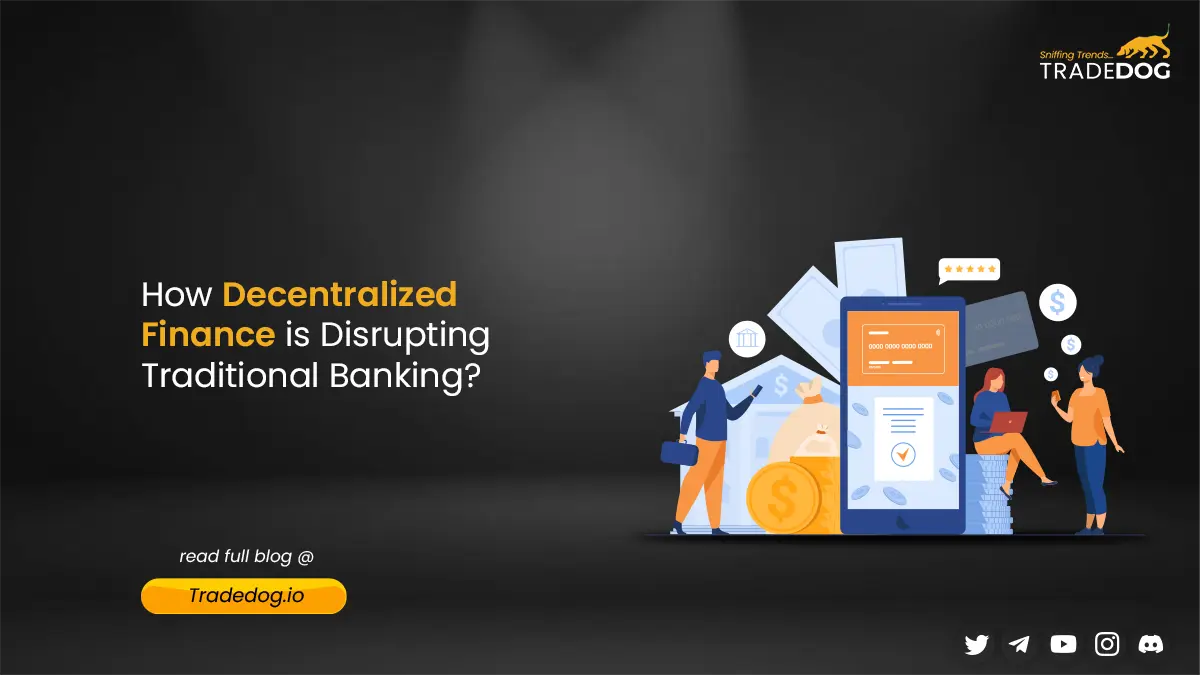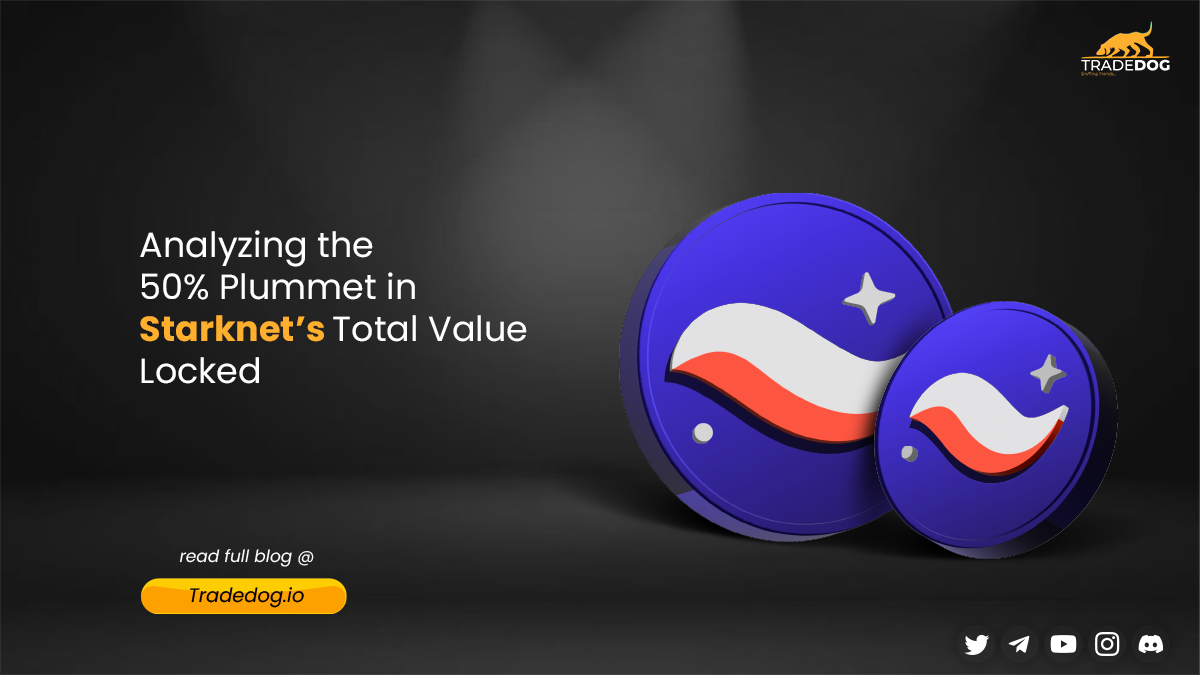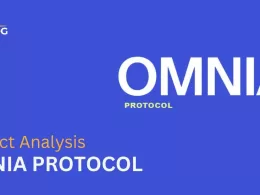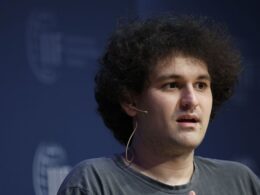Quick Links
Muon’s decentralized nodes-as-a-service network work in off-chain, on-chain, and cross-chain configurations on which Web2 and Web3 apps run. Blockchain interoperability is ensured by Muon, which connects several protocols and allows them to interact with one another. Through off-chain computing, Muon’s elementary node layer lets external smart contracts carry out sophisticated calculations.
In simple words, Muon network acts as an oracle network that helps in securing real-time data feeds and permissionless cross-chain communication. It is a layer-0 solution used to unify different blockchains into one ecosystem. In general, oracles have been centralised, meaning that only recognized organizations have the authority to sign requests and choose what should be posted. Oracles get permissioned due to centralization, which poses security problems.
At Muon Network, it is creating a decentralized oracle network that enables secure data feeds.
How Does it work?
To understand the Muon network, it is important to know what Oracles are –
Any device or institution that connects a blockchain with off-chain data is referred to as a blockchain oracle. These oracles input each piece of data through an outside transaction. By doing this, we can be certain that the blockchain has all the data needed to validate itself. Because they connect the two realms, oracles are referred to as blockchain middleware.
For example – Imagine that Mark and David want to gamble on the result of a horse race. A smart contract is used to keep the $80 sum in escrow. Mark bets $50 on team X, while David wagers $30 on team Y. When the game is done, how does the smart contract decide whether to deliver the money to Mark or David? The answer is that an oracle mechanism is necessary to obtain correct match results off-chain and communicate them to the blockchain in a safe and trustworthy manner.
Just like this example, there are several other use cases for Muon Network which includes –
Price Feeds for DeFi platforms
Defi projects utilize price feeds for various reasons. For example, lending platforms rely on them to calculate the worth of collateral when granting loans and also when seizing assets. There are multiple sources for obtaining these prices, some of which are off-chain. To make this off-chain information accessible to smart contracts on the blockchain, oracles are necessary. However, even on-chain prices are susceptible to manipulation. Oracles can detect such manipulations and prevent the feeding of false prices to platforms by returning a “failed” response. Hence, Defi projects, particularly lending platforms, heavily depend on oracles for accurate price feeds. Muon network solves these problems.
Random Inputs
Lotteries, games, and NFT apps are just a few blockchain applications that require random inputs. However, in a blockchain setting, it might be difficult to generate random numbers. Block hashes, where the hash of blocks is utilised as the source of randomness, are a technique used in smart contracts to generate random integers. However, miners have the ability to manipulate this hash. Using the Muon network, verified random numbers can be generated. They are verifiable because it is possible to confirm that several parties worked together to produce them, and they are random in that they cannot be predicted before being generated.
Blockchain Gaming and NFTs
A rising number of players are coming on blockchain gaming (also called NFT games or crypto games). Decentralized, play-to-earn blockchain games offer self-sovereignty in contrast to traditional games, allowing players to own in-game items as digital NFTs fully. In other terms, it is yptographic evidence of ownership of a digital item. Such an NFT serves as a “Certificate of Authenticity.”
Blockchain games often have centralized cores, but decentralized reward systems. The centralized game APIs must be communicated with by the smart contracts used in games that create and manage NFTs for in-game assets. However, smart contracts can’t access APIs directly; instead, they require trustworthy oracles to query APIs and supply them with data.
Muon offers blockchain games with these reliable feeds.
$MUON Tokenomics
Token Utility
With regard to tech development, marketing/community, and network incentives, $MUON has been created to reward members to maximize network value.
There are four major utilities for $MUON:
- Node Operations
- Network Fees
- Liquidity
- Governance
Node Operations –
A network of nodes that sign and validate answers to the requested data powers and secures Muon. These nodes are obliged to stake a particular amount of $MUON as collateral in order to safeguard the network against any potential fraudulent behaviour. Node operators will be entitled to network awards in $MUON once the network is made available to the general public as compensation for their assistance in maintaining the network’s decentralized nature and security.
Simply,
User ——> Submits $MUON token ——-> Sign In and verify transactions
Liquidity –
Project claims that the launch of $MUON will take place across several chains and markets (both CEXes and DEXes). Users will have the chance to offer liquidity with their $MUON and earn rewards by becoming listed on DEXes. 17% of the $MUON supply is allocated to token staking programmes and activities that encourage liquidity.
Network Fees
The $MUON has the same function as any other gas token. Users of the Muon network pay a charge that goes toward paying node operators, who are rewarded for continuing to verify the data on the network.
MUON Revenue Model
Services for $Muon
The $MUON tokens will be used by all Muon Protocol-based apps. According to use, there will be value-derived incentive fees for node operators and developers, assuring both network security through motivating nodes and ongoing Muon Protocol development.
B2B Services
In order to meet their unique needs, Muon will provide pre- and post-launch B2B services to other blockchain projects, including multi-chain token launch, vesting/claiming, staking/claiming, multi-chain bridges, and other web3 systems & tools that can take advantage of Muon’s benefits and security features.
Token Allocation
Total Supply – 1 Bn Tokens
30% (300,000,000) – Ecosystem Rewards: Set aside for incentivizing node operators and other network activities
9% (90,000,000) – Marketing & Reserve: Funding for information/marketing campaigns/events + reserve token funds
17% (170,000,000) – LP Deposits/Incentives, Market Making & Staking: Used to help incentivize deep liquidity for trading of $MUON across multiple marketplaces (both CEXes & DEXes), as well as staking incentives for holders
6% (60,000,000) – Seed Round: Given to early stage investors who provide the initial project funding
6% (60,000,000) – Partners & Advisors: Token allocations for select early stage project partners and advisors
7% (70,000,000) – Angel Round: Tokens for the community pre-sale, as well as other early investment sales
6% (60,000,000) – SHO (DAO Maker Community Pre-Sale): Supply for launch partner DAO Maker’s community pre-sale SHO (Strong Hands Offering).
19% (190,000,000) – Development, Project & Team: Supply for development, project and Muon team
The vesting schedule looks like
Token Sale
Sale: February 2023
Ticker: MUON
Token type: ERC20
Total Tokens: 120,000,000
Partnerships
Deus Finance
Fear
DAOMaker
Thena
Qorpo
NFTTrade
Treasureland
Metrix
Raptor Capital
Chain Financial
Fish DAO
Halvings Capital
Reblock
GHAF Capital
CryptoKudasaiJP
Athena Ventures
Team
Lafayette Tabor (Co-Founder)
– Current Founder & Project Lead at DEUS Finance
– Former Chief Executive Officer / CTO at SignChief
– Independent crypto researcher since 2013
Paslar (Co-Founder)
– Co-Founder at DEUS Finance
– Into the blockchain space since 2018
Sadegh teimori (Blockchain Developer) | Ali Beigi (Product Designer)
Team consists of 5 more members
Social Handles
Twitter – 25K Followers
Telegram – 7K Members
Discord – 6K Members
Personal Opinion
| Green Flags | The project is regularly updating with testnet liveMuon has 10+ partnerships which includes launchpads and VCsOver 200+ active nodes on the protocol |
| Red Flags | The teams infomration is not publicly available that raises questions on viability of the projectMore than 50% of MUON token is in the hands of Dues Finance indicating accumulation of large number of tokens.The project is not aligned with the roadmap indicating the inefficiency of execution. |
– As the project is in very early stage, the success of the project cannot be guaranteed. However, by including multi-chain token launch, vesting/claiming, staking/claiming, multi-chain bridges on the protocol, Muon has the potential capture multiple Dapps.
– Although the team has not mentioned the project publicly so much, still the develoment of the protocol is live and soon they plan to launch the token in the market through launchpads.
– The project needs to buckle up on the development of the protocol according to the roadmap considering the increasing competition and lack in the completion of tasks according to the roadmap.

